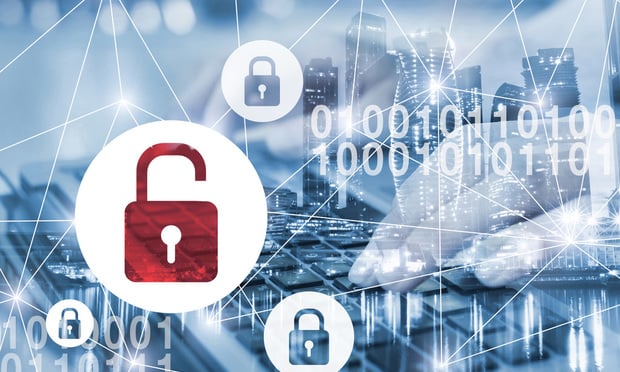 Solo 401(k)s and SEP IRAs are both tax-deferred retirement savings accounts for small business owners. (Photo: Getty)
Solo 401(k)s and SEP IRAs are both tax-deferred retirement savings accounts for small business owners. (Photo: Getty)
As an owner of a small business, you have multiple roles to play, and saving for retirement is probably the last thing on your mind. However, with proper planning, it can minimize taxes and help make your business profitable.
Solo 401(k)s and SEP IRAs are both tax-deferred retirement savings accounts for small business owners. The SEP IRA has long been a popular choice for self-employed individuals to reduce their tax bills and save for retirement. However today, solo 401(k) plans are fast gaining popularity.
The extra bit of efforts and cost to open a 401(k) is compensated for by the opportunity to contribute more money, pre-tax. This article helps you understand these retirement accounts as well as their pros and cons. Let's take a look:
Solo 401(k)
The solo 401(k) is also known as a sole-participant 401(k). It is ideal for the self-employed individuals capable of saving more than the limits of Traditional IRA or Roth IRA retirement accounts. You need to sign a plan adoption agreement and fill out an application for which you only require your employer identification number. You must fill out IRS form 5500-SF if your plan has more than $250,000.
- Your contributions are on a pre-tax basis and the investments grow tax-free. A Roth solo 401(k) is also a good option. It won't reduce your taxable income and you can contribute with after-tax dollars. For qualified withdrawals your earnings will be tax-free.
- If you are an employee, you can contribute up to $19,000 in your solo 401(k) in 2019. You can make additional or catch-up contributions of $6,000 if you are 50 or above. The total combined contributions in 2019 as an employee and employer cannot exceed $56,000 or $62,000 if you are at least 50 years.
- You can also contribute up to 25% of your compensation to your solo 401(k) as an employer. Although, in terms of contribution limit as an employer, compensation worth only up to $280,000 can be calculated.
Advantages and disadvantages
The solo 401(k) has the following pros and cons:
- It's one of the best retirement plans if you are self-employed with no employees and can afford to save more than $6,000 a year. Besides making bigger contributions as an employee, you can also make contributions as an employer.
- If your spouse also earns income from your business, you can double the amount of your contribution.
- The only disadvantage is the extra paperwork. So consider setting it up only if you intend to make large contributions to it.
SEP IRA
A Simplified Employee Pension (SEP) plan or SEP IRA is ideal for those who run their own small business with a limited number of employees.
- Your contributions are taxed and your investment grows tax-free. Your distributions are taxed when you make qualified withdrawals when retired.
- You enjoy much greater contribution limits. In 2019, you can contribute up to 25% of your compensation with a $280,000 ceiling for the calculation.
- If you contribute to a SEP IRA for yourself, you are also required to contribute towards the SEP IRA of every eligible employee. These employees should be at least 21 years old. They should have worked for you during 3 of the last 5 years and earned at least $600 from you in the past year. The employer contribution must match the percentage of compensation which you contribute towards your own SEP IRA.
Advantages and disadvantages
The SEP IRA has the following pros and cons:
- It allows you to deduct all your employer contributions when calculating your taxes. You can make additional contributions to a traditional IRA or Roth IRA for yourself. But, the amount which you can claim as tax-deductible may be limited.
- Withdrawals before the age of 591/2 are taxed as ordinary income and come with a 10% penalty. Once you turn 701/2, you need to start taking Required Minimum Distributions.
- It can be an expensive choice as you must contribute towards every eligible employee's retirement plan also. In most cases, employees cannot contribute to their own SEP IRAs.
There is no 'one-size-fits-all solution' to choosing a retirement plan for a small business. While the SEP IRA is easier to open and maintain, the solo 401(k) can allow you to save more. If you still have any doubts, you can seek professional help to make an informed decision.
Continue Reading for Free
Register and gain access to:
- Breaking benefits news and analysis, on-site and via our newsletters and custom alerts
- Educational webcasts, white papers, and ebooks from industry thought leaders
- Critical converage of the property casualty insurance and financial advisory markets on our other ALM sites, PropertyCasualty360 and ThinkAdvisor
Already have an account? Sign In Now
© 2024 ALM Global, LLC, All Rights Reserved. Request academic re-use from www.copyright.com. All other uses, submit a request to [email protected]. For more information visit Asset & Logo Licensing.








